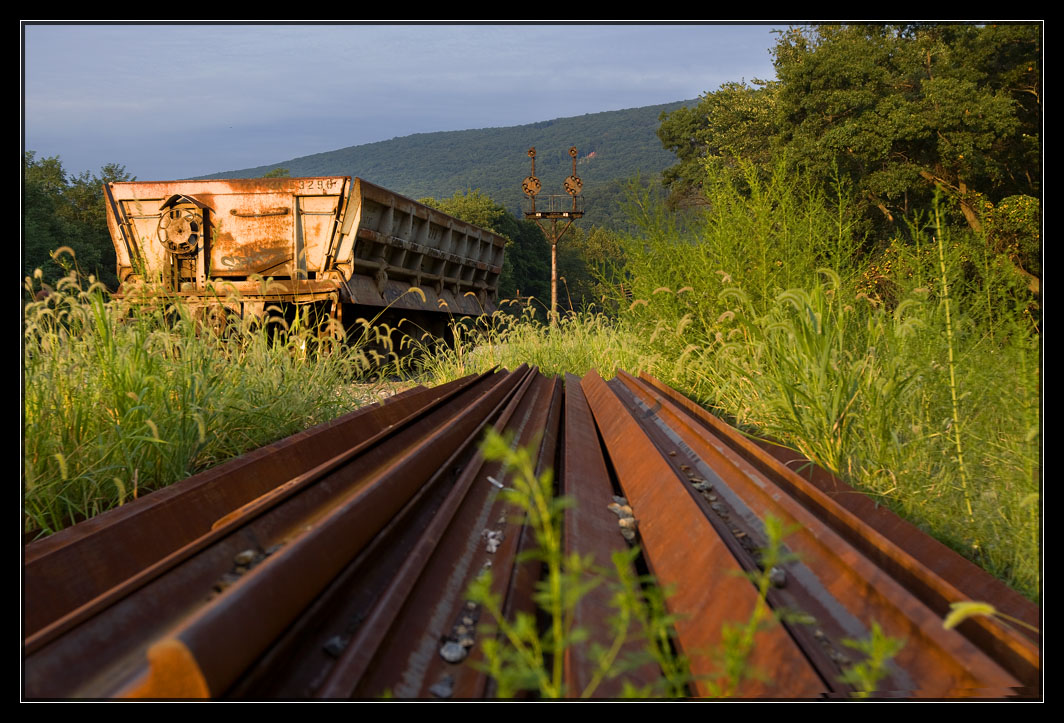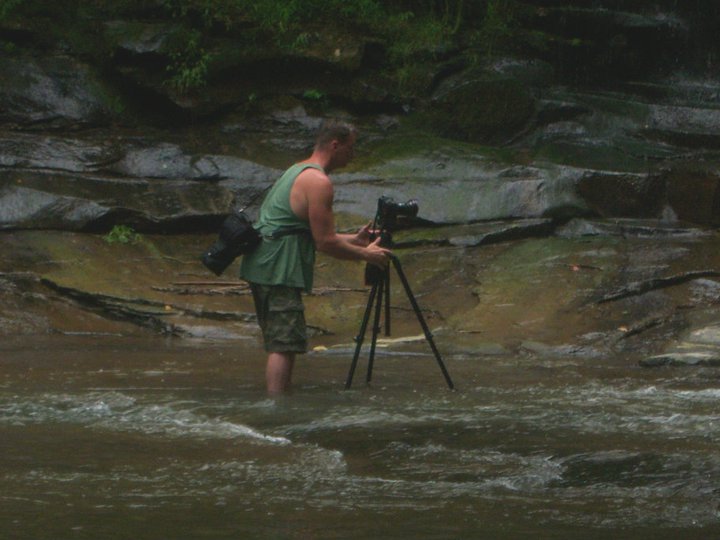The phrase "depth of field" is easy to explain in concept, but a little harder to explain in technical camera terms so honestly folks, for ease of understanding when I do explain it in an upcoming video, I am going to use the words "Focus and sharpness".
I say this because not everyone wants to be a camera pro, they just want to get better shots with as little hassle as possible.
Even with image stacking in most cases, NOT Everything will be in perfect sharp focus, nor does it need to be. In the most simple terms, if you can make your model photos look something like a real railfan image, that is good enough.
Sometimes a shallow depth of field makes for very interesting images
I use my real world photos for explanation
I'll try to add some more examples of this over time if anyone is interested.
First 3 are very very shallow depth of field images
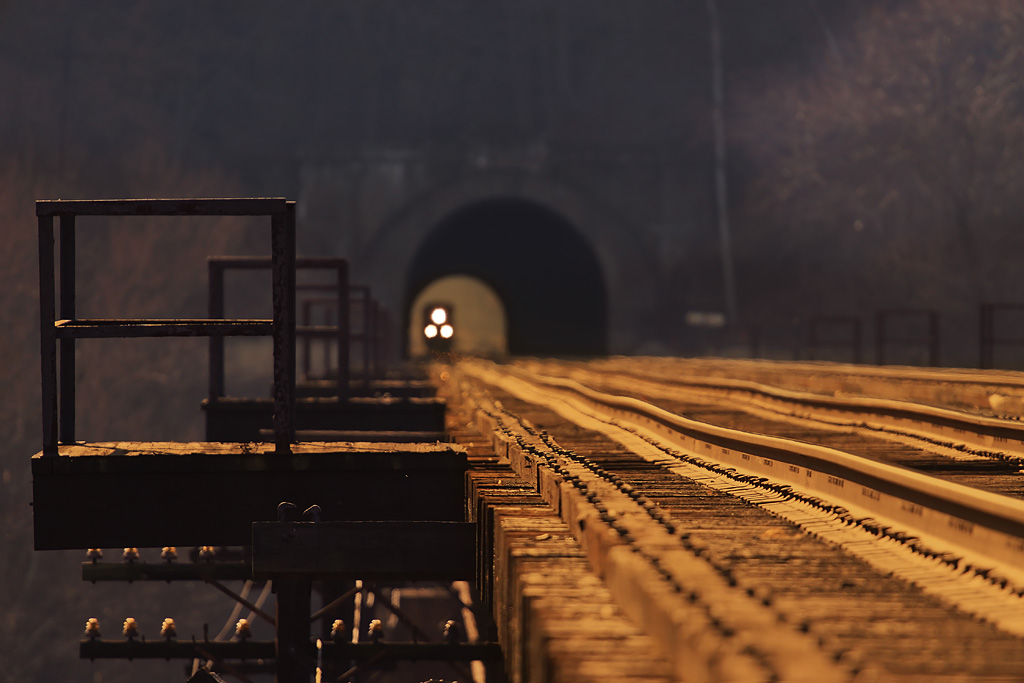
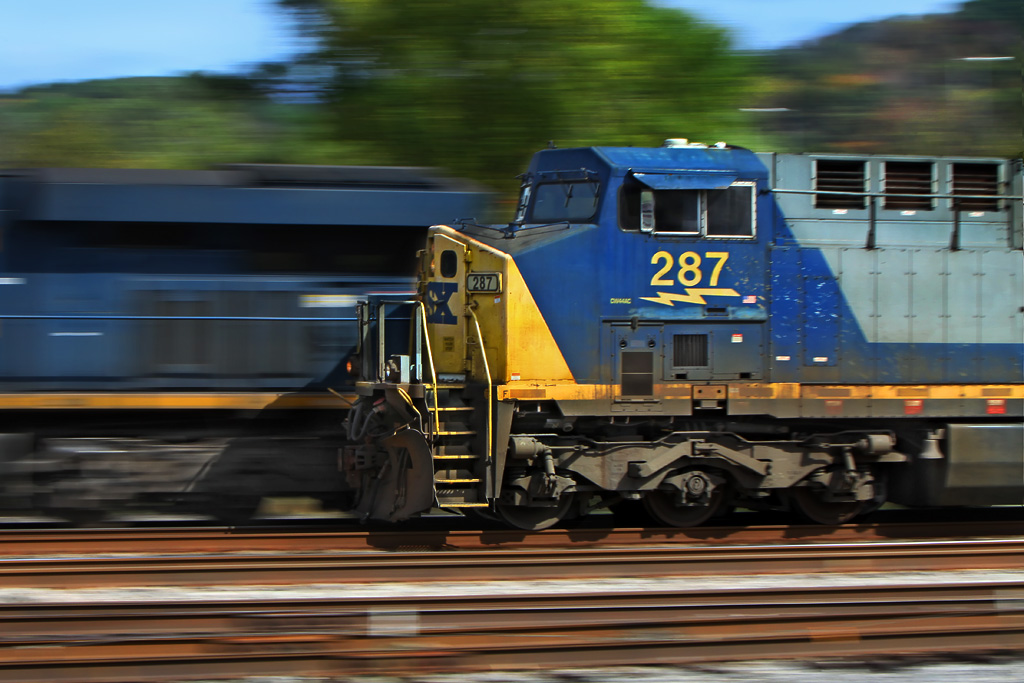
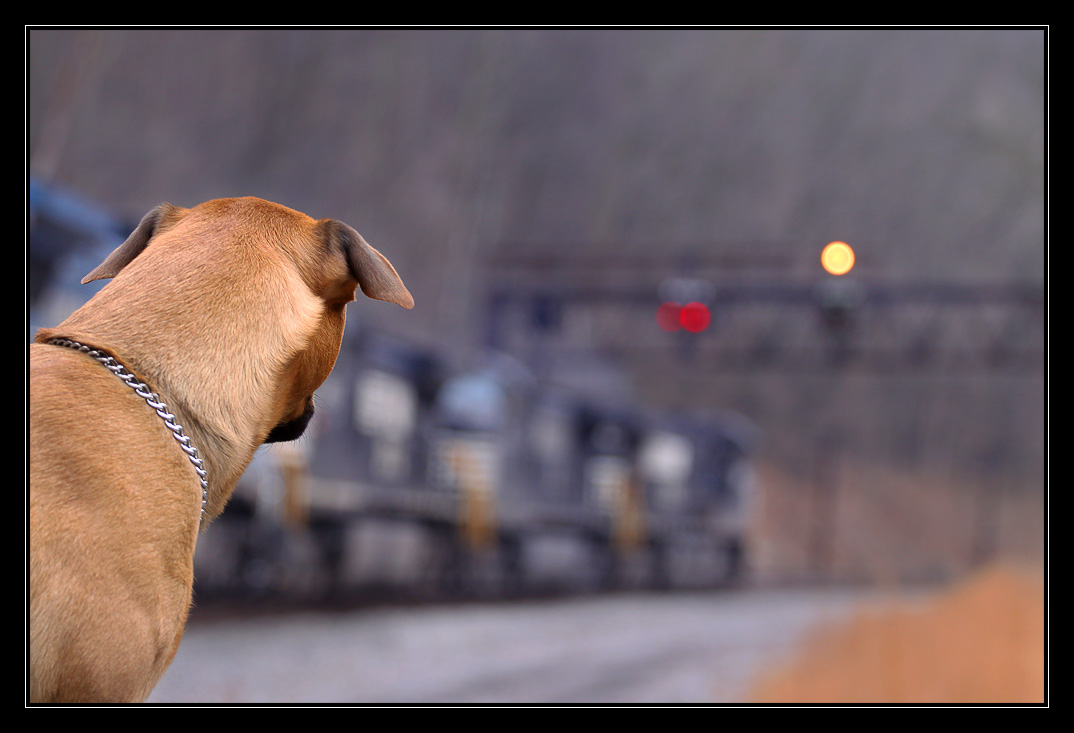
And..................................................
The complete opposite
This is a very wide depth of field where almost everything from 2 feet to 1 mile away is in "reasonably sharp focus"
